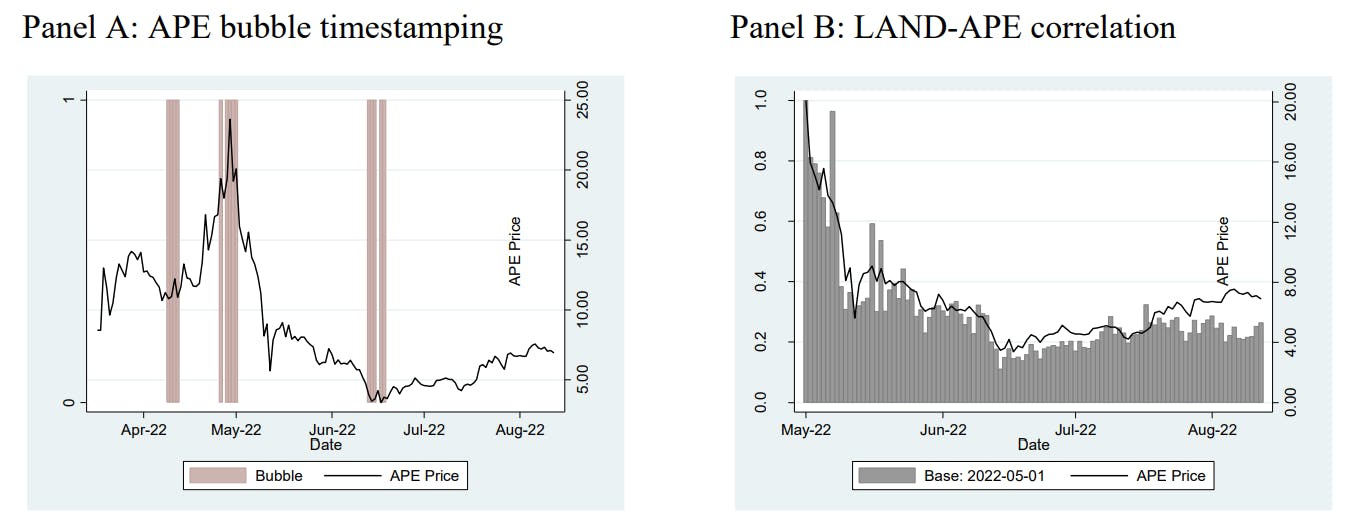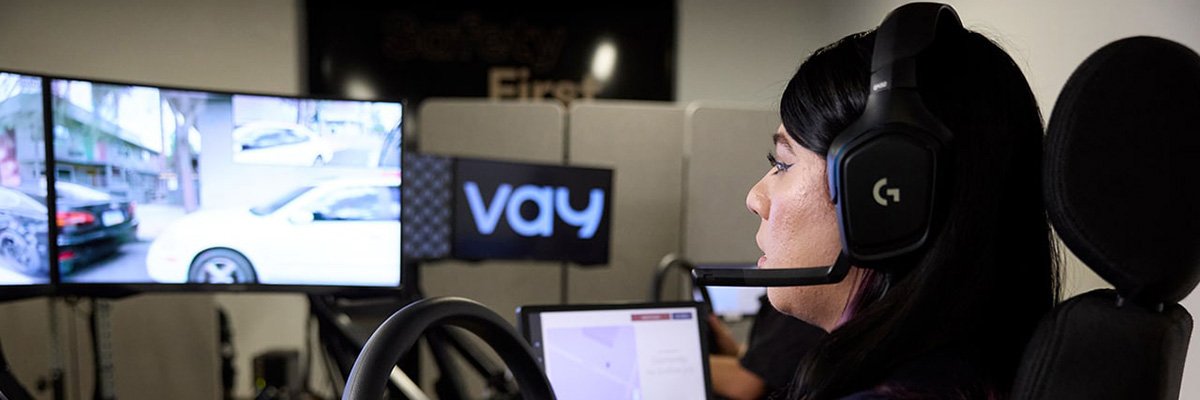Dark matter remains one of the great mysteries that intrigue astrophysicists around the world. The existence of this matter is assumed by the generally accepted cosmological models, but when determining the nature of the elusive matter we only have more or less founded conjectures and speculation.
A new explanation. A group of researchers has proposed a new mathematical model that offers an explanation of the nature and origin of dark matter. The origin of this matter would be in the Big bangas a consequence of the collision of high -energy and no mass particles, which would have won a great mass after their union.
“The dark matter began its life as relativistic particles with hardly any mass, almost like light,” Robert Caldwell, co -author of the study, said in a press release. “It is totally antithetical about what is usually believed to be dark matter (…). Our theory tries to explain how it was light to become masses.”
Perhaps the most important detail in this work is that the theory postulated by this team can be tested thanks to the cosmic microwave background (CMB).
The dark matter. Dark matter is the proposed explanation to explain a series of anomalies observed in the movement of the great objects of the universe observable as galactic galaxies and clusters. If we analyze their movements and compare them with the models used to describe them, such as the theory of relativity, we encounter that something does not match. Something seems to be pulling the matter.
The dark matter would be different from the conventional or barionic in the fact that it would not interact with the rest of known physical particles except in one way: through gravity. That is why it would be so elusive despite the fact that its gravitational influence is still apparent. According to estimates, dark matter represents 85% of the matter of the universe.
Return to Big bang. The new proposed hypothesis indicates that fast particles, similar to photons, were the ones that dominated the universe after the “outbreak” of the Big Bang. However, in that initial “chaos”, these particles would have joined in pairs.
As postulate, the spin, one of the properties of the subatomic particles, would have exerted magnet among these particles: as if it were objects with opposite poles, the opposite spins of the particles would have caused the fusion. The hypothesis also proposes that, when these particles are cooling over time, the “imbalance in its spins” would have caused a drastic reduction in its energy, resulting in cold and heavy particles, dark matter.
The “inspiration” for this model would have come from an analogous phenomenon seen in electrons, in the Cooper’s pairs, which allows electrical conduction without resistance, superconductivity. The details of the study were published in an article in the magazine Physical Review Letters.
Putting the theory to the test. One of the great strengths of this hypothesis is that it is possible to test it. The key is that, according to the model, this “non -relativistic mass condensate” would decide faster than the standard scenario predicts. Explains the team that this prediction can be tested thanks to the cosmic microwave background, a type of radiation remnant Big bang.
In WorldOfSoftware | The Euclid European telescope is already historical: its first data revalidates Einstein and put the dark matter on the map
Imagen | A. Schaller (STScI)












